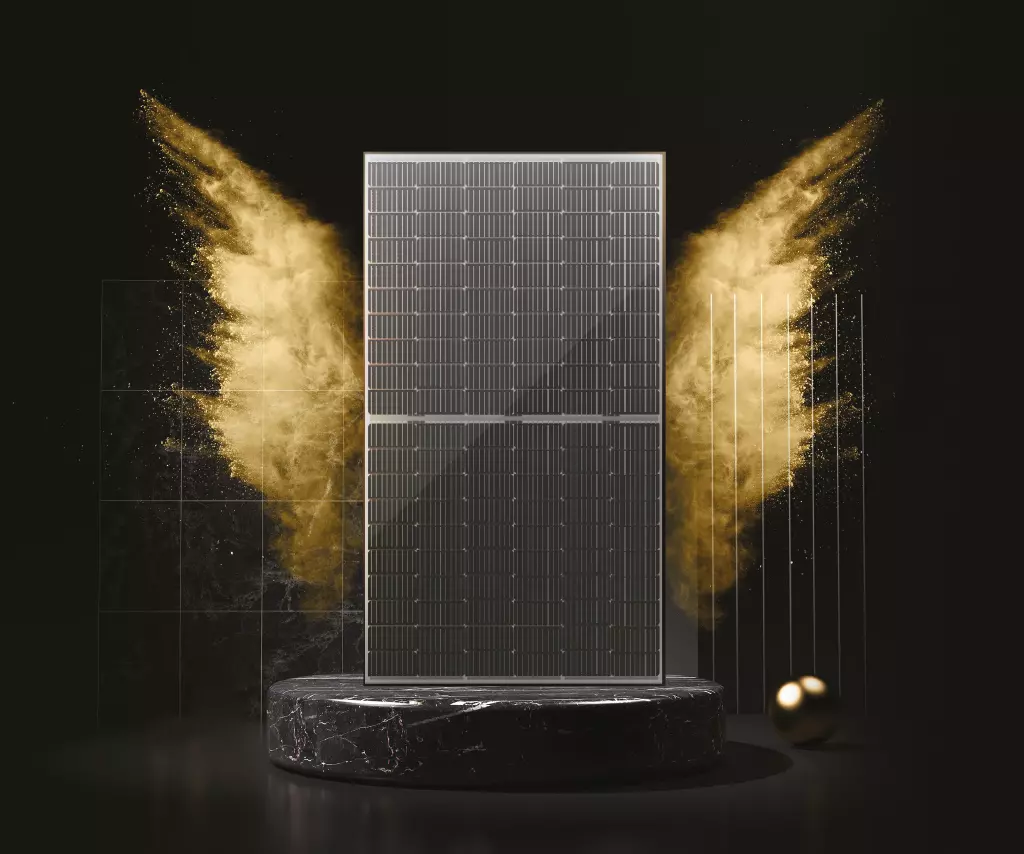
Where do bifacial modules work best?
A photovoltaic farm? A large flat roof? Where will you get the most out of bifacial PV modules? Bifacial photovoltaic panels have several advantages. Where can you make the most of them?
A photovoltaic farm? A large flat roof? Where will you get the most out of bifacial PV modules? Bifacial photovoltaic panels have several advantages. Where can you make the most of them? Which photovoltaic investments will be most suitable for bifacial modules?
Photovoltaic modules are devices that directly convert solar energy into electricity that takes the form of direct current. They are one of the most important components of photovoltaic systems. Modules can be divided according to many criteria. One of them is the division into unilateral (monofacial) and bifacial. Photovoltaic modules are made up of individual PV cells. With conventional panels, solar radiation is absorbed by only one side of the cell. These elements differ from monofacial panels in that both sides of the cells of which they are made can absorb solar radiation and convert it into electrical energy.
Bifacial modules - ideal for photovoltaic farms
These modules are best suited to photovoltaic farms. They are most often used for ground-mounted systems, but they can also be used, for example, on flat roofs, especially on commercial buildings. Thanks to bifacial modules, it is possible to make additional use of some solar radiation that is reflected from the substrate and reaches the back of the module. The output from the bottom side will differ depending on the substrate. Generally, the use of bifacial modules allows a significant increase in output compared to classical south-facing ground-mounted installations.
The height at which the PV modules are mounted and the albedo, i.e. the substrate reflectivity, are the main factors determining how much additional energy can be obtained from the back of the module. The angle of inclination of the PV module relative to the ground matters as well. Assembling the modules at a low height will reduce the capacity of reflected rays reaching the back of the module. The recommended height is about 80-100 cm from the bottom edge of the module.
When it comes to albedo, the higher it is, the higher the additional output obtained from PV modules. For example, for white painted concrete, the albedo is 65-80%. For unpainted concrete, this value is estimated at 16%. The albedo of a lawn is around 23%, and light sand is 40%.
The important Ground Coverage Ratio
When planning the layout of photovoltaic modules, they must not cast shadows on one another. In a classical ground-mounted PV plant, the Ground Coverage Ratio, which determines how much of the plant area (counting along the perimeter of the tables) is covered by the vertical projection of the PV module tables, should be around 35-45% depending on the angle of inclination of the modules. With bifacial modules, the GCR should not exceed 30%.
When to opt for bifacial modules?
As previously mentioned, bifacial modules will certainly find their application in photovoltaic farms and larger ground-mounted systems. They are also perfect for photovoltaic systems located on flat roofs with a large surface area - e.g. shopping malls, factories, warehouses, etc. In household applications, they can be successfully used for ground-mounted installations.
If you go for bifacial modules, it is good to calculate whether it is economically viable in this particular case. As such, bifacial modules are more expensive than conventional ones, and the amount of reflected radiation does not always justify the additional investment. Additionally, they require special support structures that will cast as little shade as possible on the back of the modules. Bifacial components work well with power optimisers.
Bifacial modules prove particularly advantageous when they need to be positioned at 90° to the substrate, for example as part of fences, noise barriers, etc. In such a configuration, bifacial modules can produce considerably more energy than conventional monofacial PV modules. In special cases, it is possible to increase the additional yield by up to 80%.
Whether you have decided to install bifacial or monofacial panels, you will need a reliable fitting company for your investment. Such companies are affiliated with the Corab Partner network.

